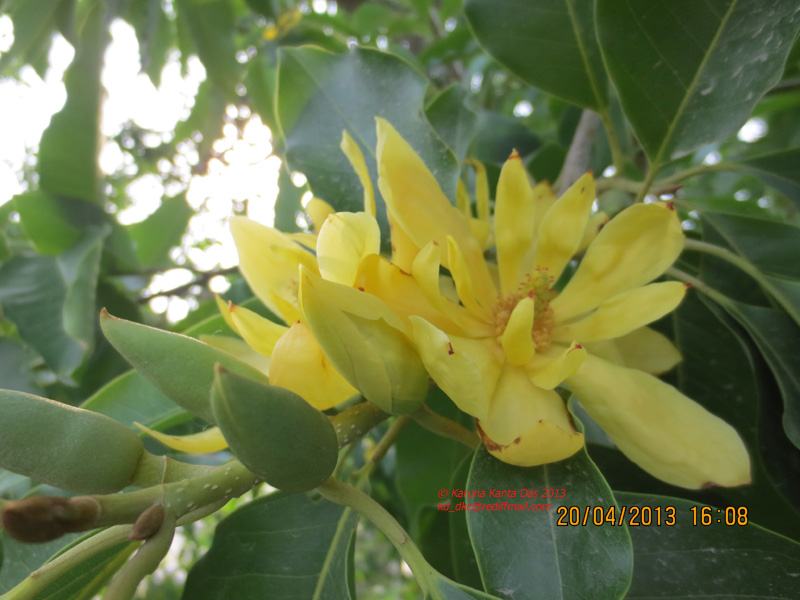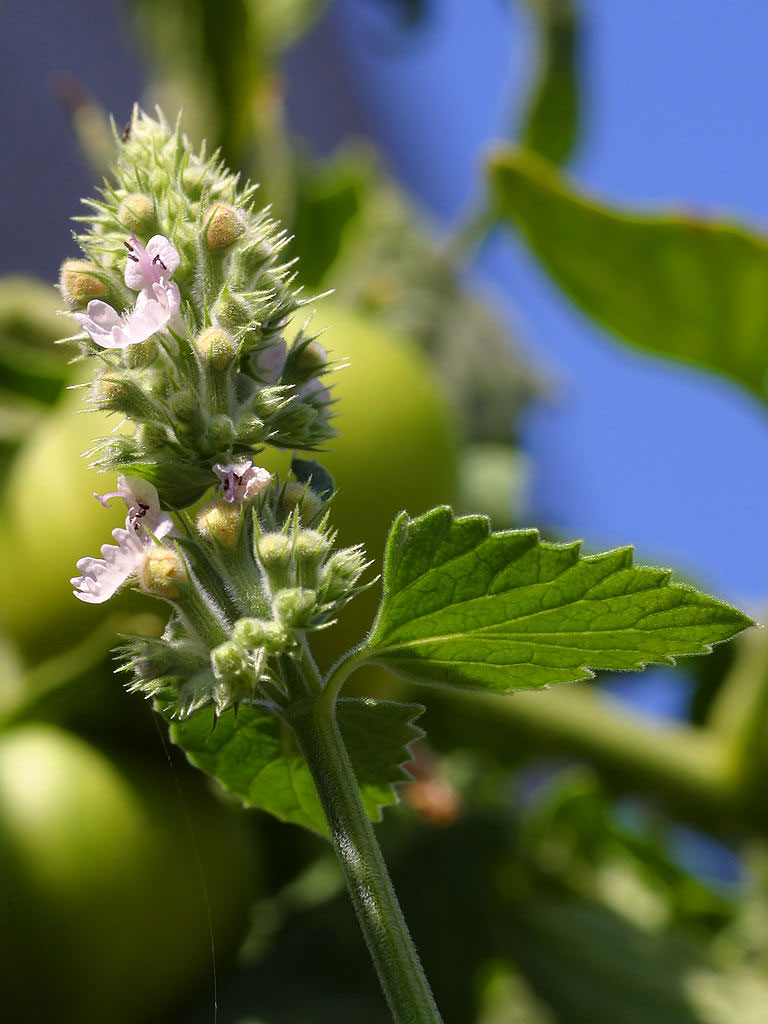- Champaka Flower In Telugu Translation
- Champaka Flower Name In Telugu
- Champaka Flower In Telugu Sakshi
- Champaka Flower In Telugu Tamil
- Champaka Flower In Telugu Typing
In this article we will discuss about:- 1. Characters of Annonaceae 2. Distribution of Annonaceae 3. Economic Importance 4. Affinities 5. Important Types.
Characters of Annonaceae:
The 'gold flower', Michelia champaka. A species is kondasampangi. (Note: This flower is called by all the synonymes of gold, as mavarnapurpamu, bangarupuvvu, &c., &c. No bee will touch this fragrant flower.) sampengi nune a fragrant oil extracted from this flower. Tigesampangi a certain creeper with yellow fragrant. Michelia champaca saplings grown from seeds take about 12 to 15 years to flower, whereas grafted ones flower immediately within 2 to 3 years most often while still in their polythene bags. I would like to mention here that, the real champa ( Michelia champaka ) is common in South India and is a popular tree growing inside many temples compounds. Commonly called white champaca, Michelia champaca 'Alba' is an evergreen tree with intensely fragrant flowers and glossy foliage. It grows in U.S. Department of Agriculture plant hardiness zones 10 through 11, where it adds a tropical look to sunny garden beds with mildly acidic soil. .Telugu: Champangi.Kannada: Sampige.Bengali: চম্পা Champa.Oriya: Chompa.Konkani: Pudchampo.Urdu: Champa چمپا.Assamese: Tita-sopa.Sanskrit: Champaka. Botanical name: Magnolia champaca Family: Magnoliaceae (Magnolia family) Synonyms: Michelia champaca. Champa is native to Indonesia, India and other.
Wood aromatic, leaves exstipulate, floral parts usually numerous, free spirally arranged; stamens with distinctive enlarged and flat connective; gynoecium multipistilate, apocarpous.
A. Vegetative characters:
ADVERTISEMENTS:
Habit and habitat:
Trees, shrubs or lianas. Artabotrys climbs by means of hooks. Oil ducts present in the bark, leaves and perianth leaves. Terrestrial and perennial. Evergreen, deciduous, cultivated as well as wild.
Root:
Tap, deep and extensively branched.
Stem:
Erect, branched, solid, woody, sometimes woody climbers. Leaves – Simple, entire, alternate, exstipulate, distichous, gland dotted.
B. Floral characters:
Inflorescence:
Often solitary, axillary, sometimes cauliflourous in groups.
Flower:
Actinomorphic but zygomorphic in Monodora due to difference in size of petals, hermaphrodite, unisexual in Stelechocarpus, complete, trimerous, hypogynous, perigynous (Eupomatia) spirocyclic, often aromatic.
Calyx:
Sepals 3, sepaloid, polysepalous, connate at the base, valvate.
ADVERTISEMENTS:
Corolla:
Petals 6 in two whorls of 3 each, valvate or slightly imbricate. Sometimes no distinction into sepals and petals so perianth in 3 or more whorls of 3 each.
Androecium:
Stamens numerous spirally arranged on the axis which forms a large convex receptacle, filament short and thick, anthers long, extrorse, truncate connective, bithecous.
Gynoecium:
Carpels numerous or a few, usually free, spirally arranged on the raised receptacle, apocarpous, superior, unicarpellary, unilocular; ovules one to many, anatropous; style short or none, stigma small, Monodora (Africa) with syncarpous ovary and parietal placentation.
Fruit:
An aggregate of berries, united to form a single compound fruit (Annona squamosa).
ADVERTISEMENTS:
Seed:
Large, numerous, often embedded in a copious, white fleshy pulp, endospermic.
Pollination:
Entomophilous, due to gaudy and scented flowers.
Floral formula:
Distribution of Annonaceae:
The family Annonaceae is commonly called Custard-apple family. Rendle included 62 genera and 820 species in this family. Lawrence recognised 80 genera and 850 species. Takhtajan (1966) included 120 genera and 2,100 species in this family. The family is widely distributed in the tropical regions of the world. Some genera are also found in the temperate climates. In India it is represented by 129 species.
Economic Importance of Annonaceae:
1. Food:
The fleshy fruits of various Annona specifics are juicy and edible, and also used in preparation of soft drinks and jellies. Recent analysis shows that they contain about 18 per cent sugar.
Edible fruits are also obtained from various species of Annona and Asimina.
ADVERTISEMENTS:
2. Timber:
Bocagea virgata, B. laurifolia, Cyathocalyx zeylanicus, Duguetia quitarensis, Oxandra lanceolata and Eupomatia laurina yield useful timber.
3. Oil:
The flowers of Desmos chinensis furnish ‘Macassar oil’ a perfume. The perfume is also obtained from Mkilua fragrans and specially liked by Arab women.
4. Fibre:
The bark of Goniothalamus wightii produces strong fibres.
5. Ornamental:
Artabotrys odoratissimus and Annona discolor are grown in garden for their scented flowers. Desmes chinensis is an ornamental tree.
Affinities of Annonaceae:
The family Annonaceae is closely allied to Magnoliaceae but ruminate endosperm separates it from Magnoliacae. It seems that it had been derived from ancestors of Magnoliaceae. In the secondary cortex bast fibres are alternately present with phloem.
The family is also primitive and is one of the members of the arboreal Ranales. The trimerous flowers and small embryo indicates its relationship somewhat with Monocotyledons. Hutchinson treated it along with the Eupomatiaceae.
Common plants of the family:
1. Annona squamosa L. – (H. Sarifa or sitafal) custard apple or sugar apple – well known fruit tree.
2. Annona reticulata L. – Bastard apple or Bullock’s heart – a fruit tree.
3. Artabotrys uncinatas – A small climbing shrub with hooked peduncles – and glabarous leaves.
4. Cyathocalyx zeylanicus (H. Hari Champa) – A tall tree with deflexed or horizontal branches.
5. Polyalthia longifolia – The. “Ashok” An ornamental tree.
6. Uvaria cordata (Dunal) – Alston is a climber noted for its cordate leaves and red flowers.
Divisions and subdivisions of the family and chief genera:
Group A. Pistil apocarpous :
Tribe I. Uvarieae:
Perianth un-jointed or clawed, claws opposite the stamens. Genera : Uvaria, Unona etc.
Tribe II. Miliuseae:
Perianth members valvate, usually unequal. Genus : Miliusa.
Tribe III. Hexalobeae:
Perianth members equal with cross folds in buds. Genus : Hexalobus.
Tribe IV. Xylopieae:
Perianth members hollow at base, constricted above. Genera : Annona, Artabotrys, Xylopia.
Group B. Pistil syncarpous:
Tribe V. Monodoreae:
Ovary unilocular with parietal placenta. Genus : Monodora.
Champaka Flower In Telugu Translation
Important Types of Annonaceae:
1. Annona squamosa (H. sarifa or Sitafal, Fig. 26.1):
Habit:
A small tree.
Root:
Tap, branched.
Stem:
Aerial, woody, branched.
Leaf:
Simple, alternate, exstipulate, entire, oblanceolate, obtuse.
Inflorescence:
Axillary, two or more flowers arise in the axil of each leaf.
Flower:
Bracteate, hermaphrodite, complete, actinomorphic, spirocyclic, hypogynous.
Calyx:
Sepals three, polysepalous, united at the base, valvate.
Corolla:
Petals three, polypetalous, fleshy, pale-yellow, valvate.
Androecium:
Stamens numerous, spirally arranged on a conical receptacle, filaments short, anthets oblong, adnated, and appendaged.
Gynoecium:
Multicarpellary, apocarpous, spirally arranged, superior, each unilocular, ovule one, basal placentation, style short, stigma long, tapering, papillose.
Fruit:
An etario of berries.
Floral formula:
2. Artabotrys uncinatus (H. Kantali Champa) (Syn. A. odoratissimus) (Fig. 26.2):
Habit:
A woody climber that climbs with the help of hooks developed on the pedicels of flowers.
Root:
Champaka Flower Name In Telugu
Tap root; branched.
Stem:
Aerial; woody; climber; branched; aromatic.
Leaf:
Alternate; exstipulate; petiolate; elliptical; entire; apex acute; simple; venation reticulate-unicostate; gland dotted.
Inflorescence:
Flowers solitary or in groups on the stem.
Flower:
Ebracteate; pedicellate; pedicel bears a hook; regular; actinomorphic; hermaphrodite; hypogynous; spirocyclic.
Calyx:
Three; polysepalous; valvate.
Champaka Flower In Telugu Sakshi
Corolla:
Six; in two whorls of three each; valvate; gland dotted; sweet scented.
Androecium:
Numerous; polyandrous; distinguished into a short filament; a connective and two anther lobes; extrorse; dithecous.
Gynoecium:
Champaka Flower In Telugu Tamil
Polycarpellary, apocarpous; superior; unilocular; placentation marginal; ovules anatropous; style separate, simple; stigma simple.
Fruit:

Etaerio of berries; edible.

Seed:

Large; endospermic.
Floral Formula:
Champaka Flower In Telugu Typing
Related Articles:
